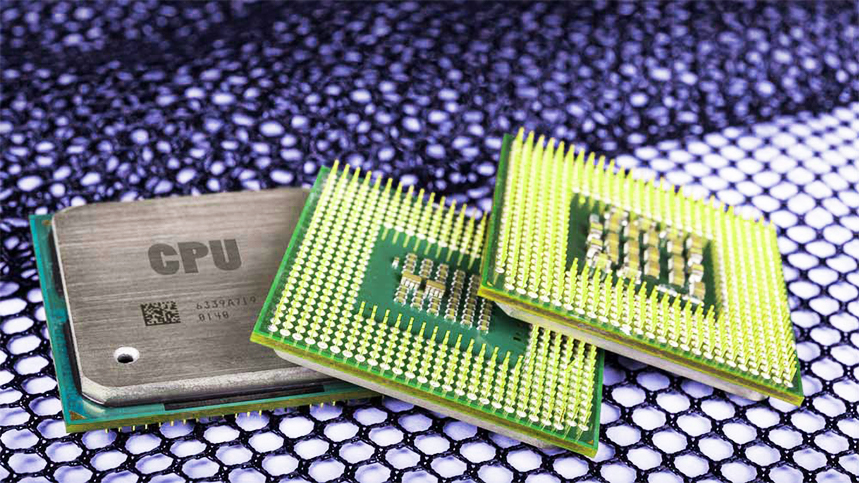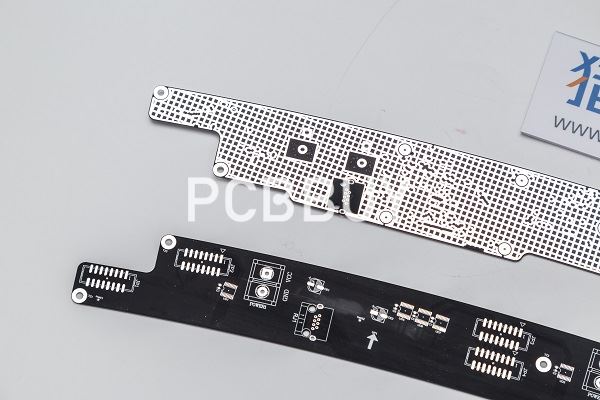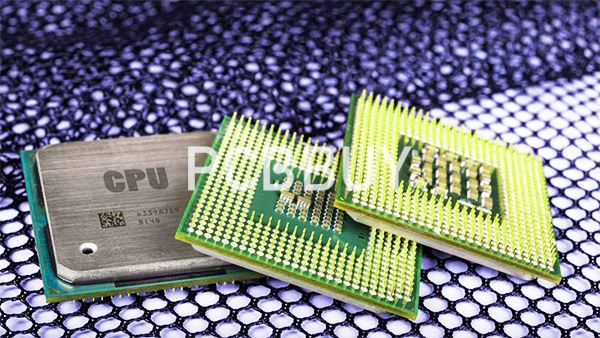How to choose the right material for dielectric constant in PCB?
By:PCBBUY 06/05/2023 14:45

Choosing the right dielectric material for a PCB (Printed Circuit Board) based on its dielectric constant (Dk, also εr) is critical to ensuring the board’s electrical performance, signal integrity, and reliability—especially for high-frequency, high-speed, or high-density designs. The dielectric constant directly affects key parameters like signal propagation speed, characteristic impedance , crosstalk, and insertion loss.
In the whole PCB manufacturing process, we may curious about the professional knowledge of dielectric constant in PCB. If you are searching for the detailed information of dielectric constant in PCB, please check and read the content below in this passage.

What is Dielectric Constant’s significance?
The PCB dielectric constant is measured as the stuff electrical absorbency to total space electrical permeability, and it is air; its quantity may be determined using modes condenser models.
The right Dk value depends on your design’s electrical, mechanical, and manufacturing constraints. Start by answering these questions to set clear criteria:
| Requirement Category | Key Questions to Ask |
|---|---|
| Electrical Performance | - What is the operating frequency? (e.g., <1 GHz, 1–10 GHz, >10 GHz for RF/mmWave) - What is the target characteristic impedance (Z₀)? (e.g., 50Ω, 90Ω differential) - Is signal speed critical? (e.g., high-speed serial links like USB4) - How sensitive is the design to crosstalk or insertion loss? |
| Mechanical & Environmental | - What is the required temperature resistance? (e.g., -40°C to 125°C for industrial, >150°C for automotive/aerospace) - Does the board need moisture resistance (e.g., for outdoor use)? - Is mechanical rigidity or flexibility required? (e.g., rigid PCBs vs. flex PCBs) |
| Manufacturing & Cost | - Can the material be easily processed (e.g., drilled, etched, laminated)? - What is the cost budget? (Specialty low-Dk materials are more expensive than standard FR-4) |
How to choose the right material for dielectric constant in PCB?
PCB dielectric materials are grouped by their Dk range, frequency performance, and use cases. Below is a breakdown of the most widely used options:
Category 1: Standard Low-Cost Materials (Dk = 3.8–4.8)
Ideal for low-frequency, cost-sensitive designs (e.g., consumer electronics, power supplies, simple digital circuits <1 GHz) where signal speed and high-frequency loss are not critical.
| Material | Typical Dk (1 MHz–1 GHz) | Key Properties | Use Cases |
|---|---|---|---|
| FR-4 (Glass Epoxy) | 4.2–4.8 (at 1 GHz) | - Low cost, high availability, good mechanical strength - Moderate Dk (stable at low frequencies) - Df ≈ 0.01–0.02 (low loss at low frequencies) | Most common PCB material: calculators, TVs, Arduino boards, power management circuits |
| CEM-1 (Paper Epoxy) | 3.8–4.2 | - Cheaper than FR-4, lighter - Lower mechanical strength and moisture resistance than FR-4 | Low-cost, non-critical designs (e.g., simple toys, basic sensors) |
Category 2: Mid-Range Dk Materials (Dk = 3.0–3.8)
Balances performance and cost for mid-frequency designs (1–10 GHz) like IoT devices, 4G/LTE modules, or industrial sensors—where signal integrity matters but extreme high-frequency performance is not required.
| Material | Typical Dk (1–10 GHz) | Key Properties | Use Cases |
|---|---|---|---|
| FR-4 High-Performance (e.g., Isola FR408HR, Rogers RO4350B) | 3.4–3.8 (at 10 GHz) | - Enhanced Dk stability vs. standard FR-4 - Lower Df (≈0.004–0.008) for reduced loss - Compatible with standard FR-4 manufacturing | 4G/LTE routers, IoT gateways, industrial control systems |
| Polyimide (PI) | 3.0–3.5 | - Excellent temperature resistance (-269°C to 300°C) - Flexible option available (flex PCBs) - Good moisture resistance | Flexible PCBs (e.g., wearable devices), high-temperature industrial sensors |
Category 3: Low-Dk Materials (Dk = 2.0–3.0)
Designed for high-speed/high-frequency designs (10 GHz–100+ GHz) where signal speed, low loss, and minimal crosstalk are critical (e.g., 5G, mmWave, radar, high-speed serial links).
| Material | Typical Dk (10–100 GHz) | Key Properties | Use Cases |
|---|---|---|---|
| PTFE (Polytetrafluoroethylene, e.g., Rogers RO4835, Teflon-based) | 2.1–2.3 | - Ultra-low Dk (closest to vacuum), extremely stable across frequencies - Very low Df (≈0.0005–0.001) for minimal insertion loss - Excellent chemical/moisture resistance | RF/mmWave (5G base stations, radar), high-speed links (PCIe 6.0, DDR5) |
| PPE/PPO (Polyphenylene Ether, e.g., Panasonic Megtron 6, Nelco N4000-13) | 2.6–2.9 | - Low Dk with good mechanical strength - Compatible with lead-free soldering | High-speed servers, 5G mobile devices, automotive radar |
| FEP (Fluorinated Ethylene Propylene) | 2.1–2.2 | - Similar to PTFE but more flexible - Lower temperature resistance than PTFE (up to 200°C) | Flexible high-frequency PCBs (e.g., aerospace wiring) |

While we normally consider the imaginary part of the dielectric constant, the real part (i.e., the refractive index) is also important from a layout standpoint. The real part of the dielectric constant determines the speed at which an electromagnetic wave propagates through a material, while the imaginary part determines gain or loss in the material as the wave propagates. In terms of PCB design, the dielectric constant and trace geometry will determine how a signal propagates along a trace.
What are the properties of PCB dielectric constant?
The dielectric characteristics help us choose the finest one depending on its requirements. Some of the features are:
· Dielectric materials are typically non-metallic. The impedance of such compounds is thus high.
· The activation energy is significant and exceeds 3eV.
· Electrons are exceptionally highly bonded to the nucleus.
· The conductivity is extremely low due to the lack of electrons.
· Permeability – The polarising behavior or dielectric nature may be anticipated using the allowability rating.
· The dielectric constant is being used to quantify the dielectric polarisation intensity.
Choose a material where you can work in a temperature range that’s higher than Tg but well below Td. Most solder temperatures during PCB assembly are in the 200 ºC to 250 ºC range, so make sure Td is higher than this (luckily, most materials have a Td greater than 320 ºC).
Industry Category











